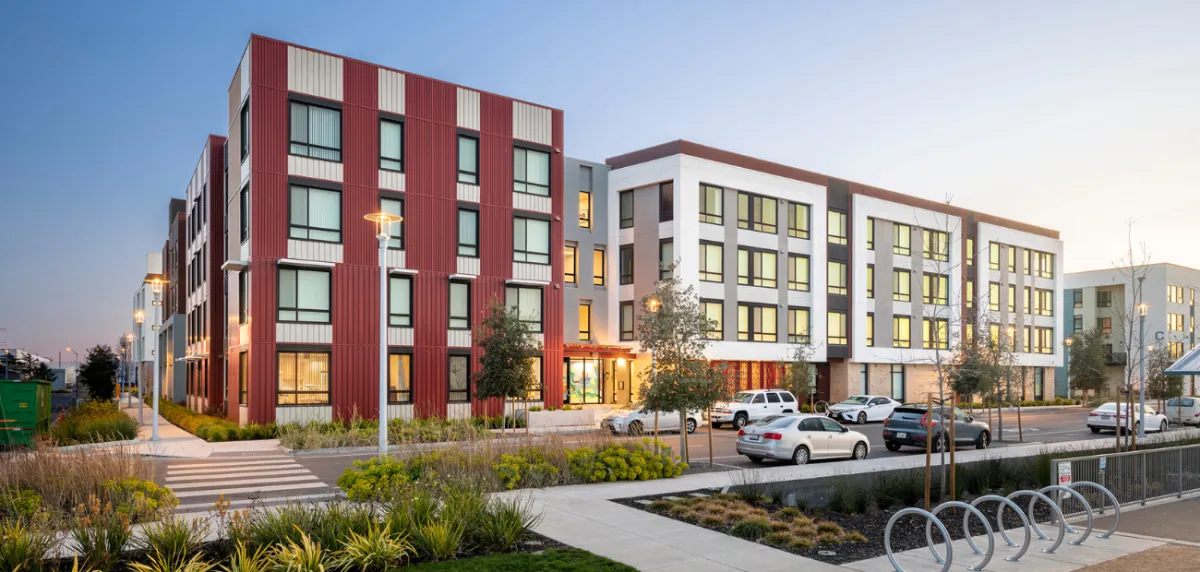The agencies are taking an increased market share, says Capital One’s Kate Byford.
In her new role as head of Agency Finance at Capital One, Kate Byford has wide visibility in the apartment sector.
The sector, like every part of the economy right now, faces headwinds. But Byford, who came to Capital One as senior vice president before serving as head of Capital Markets and Multifamily Operating Officer for Capital One Multifamily Finance, likes its long-term prospects.
“Compared to the other major asset types like retail, office, and hospitality, multifamily is performing well as we continue to see tenants prioritizing rent payments,” Byford says. “There is some short-term pain – especially in Class A urban properties – as restaurants, offices, and entertainment venues are slow to open up. But we fully expect urban multifamily to recover and strongly believe in the long-term prospects of multifamily as an asset class.”
During The Great Recession, the agencies took a larger share of multifamily finance. Byford, who spent a decade at Freddie Mac, as senior director and head of Multifamily Capital Markets Pricing before coming to Capital One three years ago, sees the same trend playing out during this recession.
“As banks and other lenders have taken a step back since March, the agencies have taken increased market share as mandated by their mission,” Byford says. “There is some uncertainty around where the new FHFA caps will shake out for next year, but the goal of the GSEs is to provide liquidity and financing for housing markets throughout the cycle and I see no reason to believe that won’t continue to be the case this time around.”
In the underwriting process, Byford sees additional due diligence and risk mitigants, such as debt service reserves. “While the overall ‘credit box’ has not really shrunk, there is oftentimes more scrutiny on up-to-the-minute rent collections and forecasting more potential scenarios,” she says.
The pandemic has hit new developers harder. It has become more difficult to complete new construction deals. “There is definitely more hesitance from lenders to finance new construction, as delays in construction work due to the pandemic have created a large pipeline of upcoming deliveries,” Byford says. “But this does not mean it’s impossible to get a construction loan in this environment and we stand ready to deliver for our valued clients.”
As she looks ahead, Byford thinks location will play a large role in how an apartment community performs through the pandemic.
“It [performance] really depends on where the property is located and what kind of property it is,” Byford says. “Suburban apartments are generally doing fine and some have actually seen compressed cap rates as low-interest rates and minimal COVID impact drive strong pricing.”
Apartments in other locations are facing more challenges.
“Properties like student housing and Class A New York City apartments are struggling with lower occupancies and declining rents and will likely continue to struggle into next year,” Byford says. “Obviously, we are still in a highly uncertain environment, but overall we remain committed to the asset class and believe in its long-term resiliency.”











